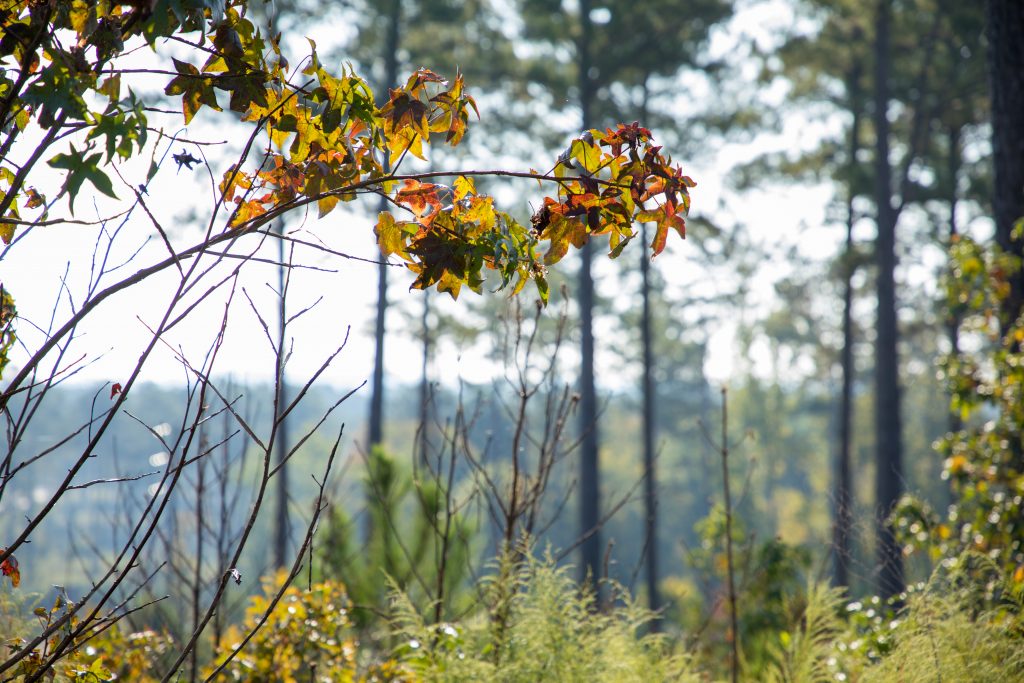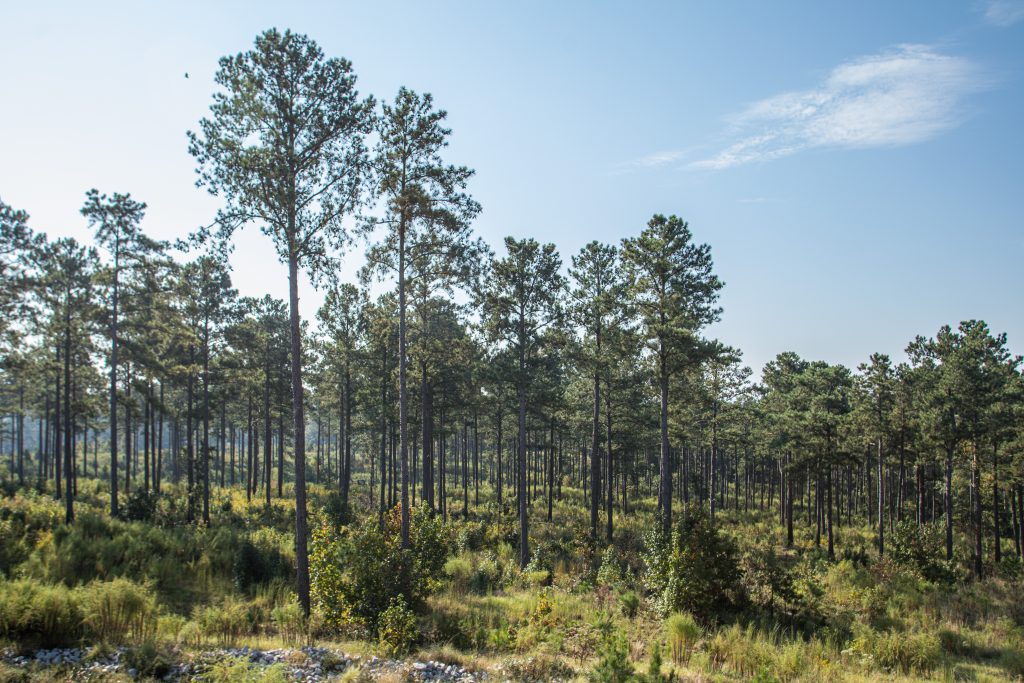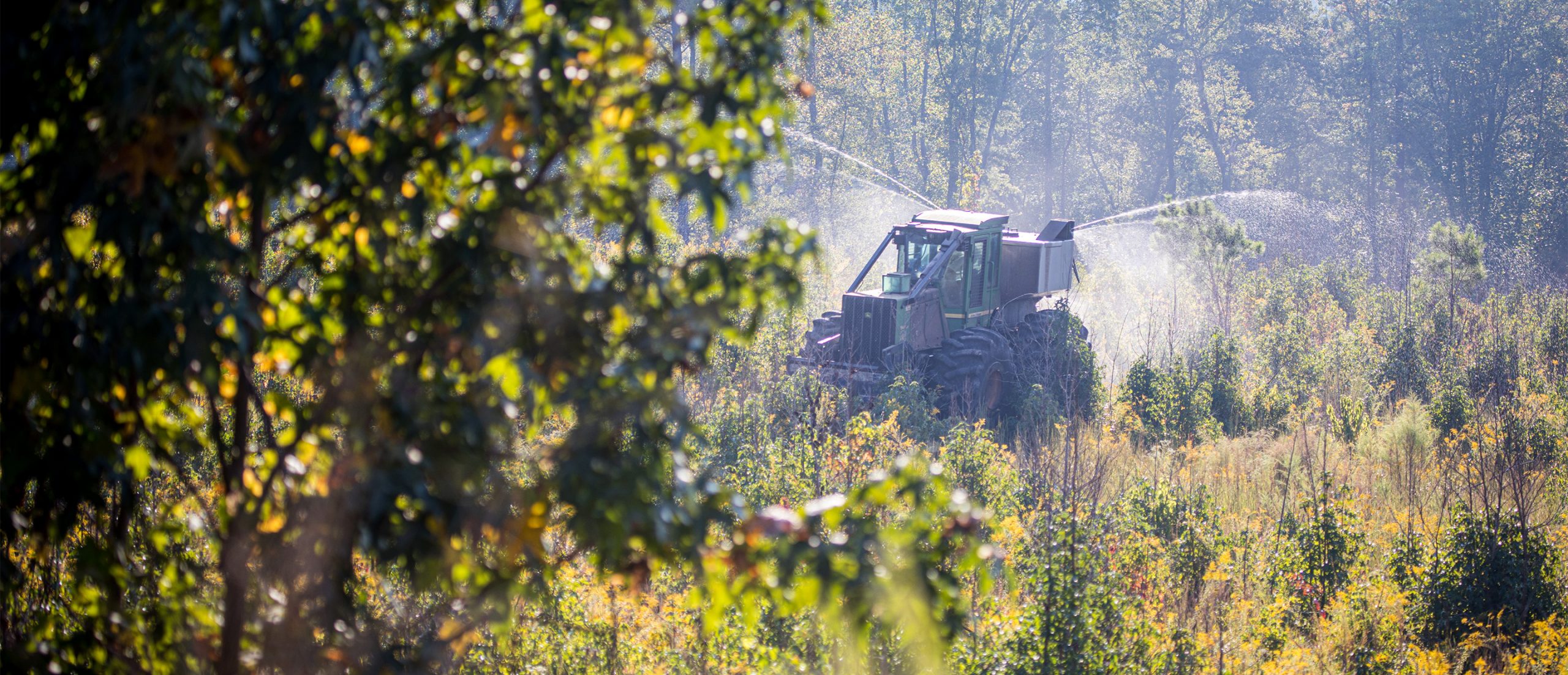Controlling Unwanted Hardwoods
When prescribed fire is limited or not an option, herbicides are another tool for the land manager.
Maintaining optimal habitat in timber stands has traditionally been achieved by prescribed fire, particularly in pine stands. Land managers use prescribe fire to control unwanted tree species while stimulating the growth of grasses and forbs; however, there is another method that sometimes may be overlooked for controlling unwanted hardwoods.

As habitat mangers, we face struggles putting controlled burns into action: weather changes like wind direction or wet conditions, the timing of growing season versus winter burns and more. When these factors impede the use of prescribed fire, herbicide is another management practice that can help remove unwanted hardwood. The combination of prescribed fire and herbicide is best to create cover and forage plants for better wildlife habitat, but if you only have one option, it’s better than taking no action at all.
Effectively applying selective herbicides on unwanted hardwood trees at certain times of the year can help eliminate and control their growth, while not affecting trees that are either of value to wildlife or as a timber investment. Applications during the months of August, September and October can be most effective.
During late summer and early fall, trees will start the process of going into dormancy. By applying herbicides at this time, trees will take in the herbicide treatment to the root, which will store the herbicide during dormancy and kill the tree. Applying before dormancy or earlier on in the growing stage will only kill the stem or foliage. The tree will then sprout new growth at the base, sometimes up to several shoots, resulting in multiple new stems — much like growing-season burns that only kill the stem and foliage.
You can use herbicides such as Garlon, Triclopyr and certain rates of Arsenal to target species like sweetgum, winged elm, devil’s walking stick and others, depending on the target species of tree or wood plant you wish to control in your area.
Either skidder spraying or backpack spraying are viable application methods. Aerial applications would not work for select tree removal. It may harm the trees you wish to keep.
Using hack and squirt on large-diameter trees is most effective. With a hatchet and a squirt bottle filled with the appropriate herbicide, simply cut into the cambium layer of the tree and squirt into the cut.
A local forestry or wildlife professional can help you find spraying contractors to help get the job done as well. Your local Natural Resources Conservation Service can also help. They have cost-share programs that you can apply for to help cover the cost of understory herbicide applications.

Send your conservation-related questions, photos and success stories to turkeycall@nwtf.net.
